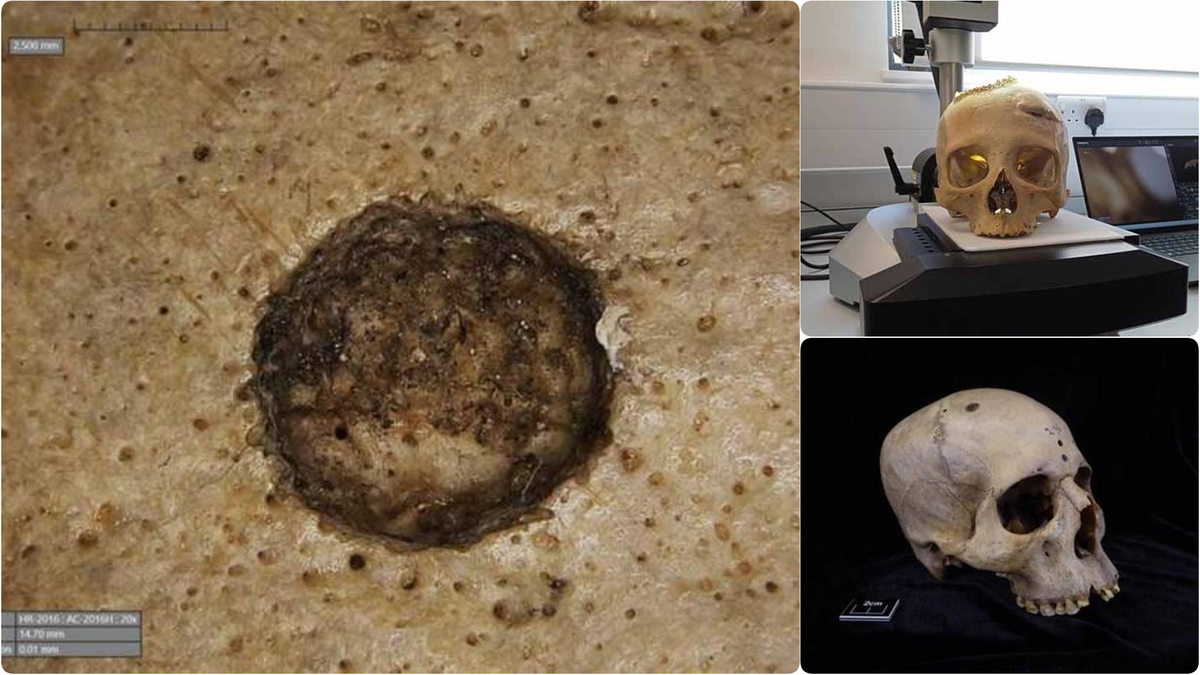Humans have been waging war against cancer longer than assumed, new research suggests. Scientists have discovered archaeological evidence that ancient Egyptians attempted to surgically remove cancerous lesions, pushing the practice back to over 4,000 years ago.
Why Former Employees & Scarlett Johansson Are Questioning OpenAI
Previous research has found compelling evidence that medical practitioners in ancient Egypt accurately described certain types of cancer, even though a clear understanding of cancer and effective treatments did not appear until much later in the historical record. To better understand how the ailment was viewed in the region, scientists from Spain, the U.K. and Germany studied a pair of skulls stored at the University of Cambridge’s Duckworth Collection.
The skull and mandible of one specimen, known as 236, belonged to a man in his thirties, who is thought to have lived sometime between 2687 and 2345 BCE; the other skull, specimen E270, belonged to a woman over 50 who lived sometime between 663 and 343 BCE.
Using a microscope, the researchers found signs of large cancerous lesions in both skulls that had caused widespread tissue damage. Skull 236 in particular was littered with tinier lesions across the skull, probably an indication of advanced, metastasized cancer. But to their great surprise, the researchers also found cut marks around 236’s lesions, suggesting that his doctors tried to surgically remove his cancer as best as they could, likely with sharp metal instruments.
If the team’s discovery is genuine, it would be the first documented instance of surgical cancer treatment recorded in human history. Their findings were published Wednesday in the journal Frontiers in Medicine.
“We were very skeptical at the beginning when we saw the cutmarks on the tumor through the microscope, although they were very clear,” study co-author Edgard Camarós, a paleopathologist at the University of Santiago de Compostela in Spain, told Gizmodo in an email. “It took a bit to realize we were visualizing the evidence of a milestone in the history of medicine.”
Surgery alone can sometimes treat solid cancers, though it’s most effective when tumors are localized and caught as early as possible. But given the overall condition of 236’s skull and the authors’ conclusion that the cut marks were perimortem (meaning made shortly before death), it’s almost certain that this particular treatment was doomed to fail. It’s also possible that the cuts were made shortly after death, which might still show that ancient Egyptian doctors were trying to understand this awful affliction thousands of years before it was even formally named cancer.
The team’s work should provide new insight into the origins of medical care as well as into the people who lived in ancient Egypt, the authors say. But archaeological remains are often incomplete, meaning that different scientists can have different hypotheses about what the evidence is telling us.
Case in point, the team also believes they found evidence that skull 250 suffered and received successful treatment for a past traumatic injury. So it’s possible that this woman may have been involved in some kind of warfare in the area. More research and data will be needed to verify this hunch, however, as well as to confirm and expand their findings on cancer in the ancient world, they note.
“The next steps are related to trying to understand the relationship humans had with cancer in earlier periods of our evolution and history,” Camarós said. “Our aim is to complete the biography of cancer from the very beginning of human history.”
